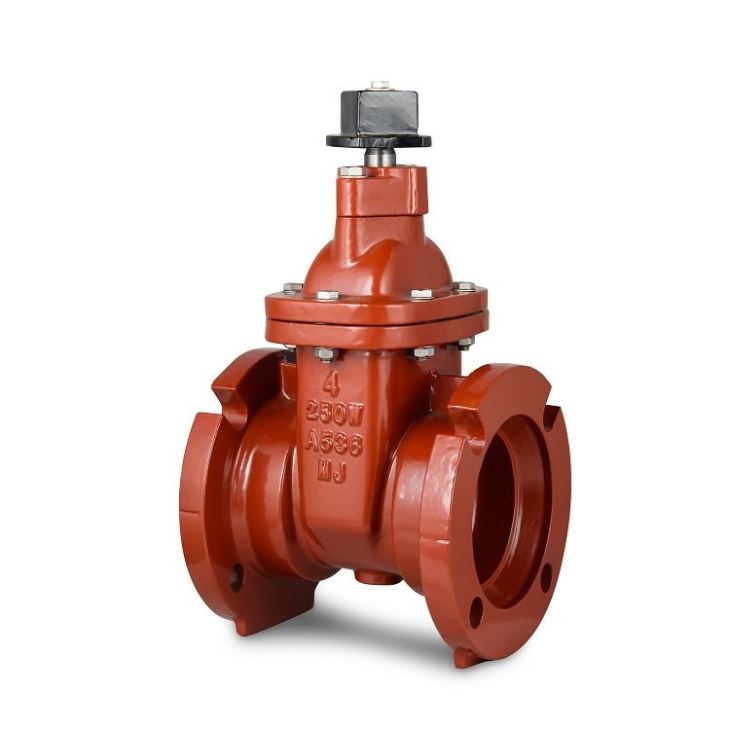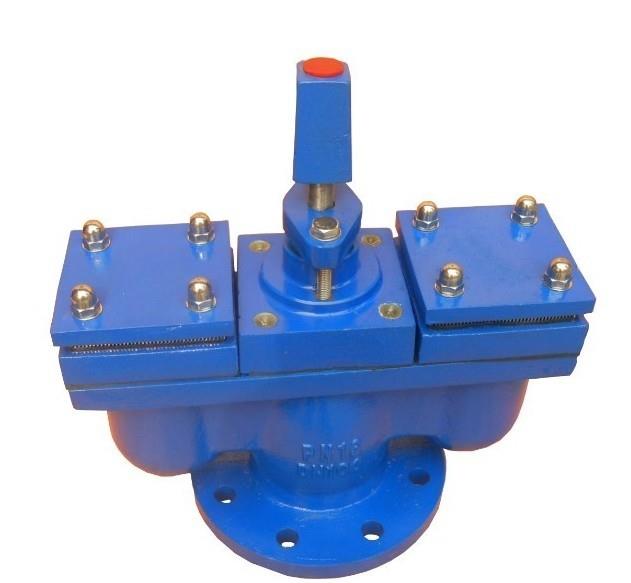In summary, die cast auto magnesium aluminum alloy parts are extensively utilized in various areas of the automotive industry. Their lightweight construction, high strength, corrosion resistance, and excellent performance characteristics make them a preferred choice for manufacturers, contributing to the overall efficiency, durability, and safety of modern vehicles.
Die cast auto magnesium aluminum alloy parts are known for their durability and reliability. However, like any other component, they may experience faults or failures under certain circumstances. Understanding the causes of these faults is essential for preventing them and ensuring the optimal performance of these parts. Here are some common causes of faults in die cast auto magnesium aluminum alloy parts:
Material Defects: One of the main causes of faults in these parts is the presence of material defects. These defects can occur during the manufacturing process, such as improper alloy composition, impurities, or inadequate cooling and solidification of the molten metal. Material defects can lead to weakened structural integrity, reduced mechanical properties, and increased susceptibility to corrosion and wear.
Design Flaws: In some cases, faults may result from design flaws or inadequacies. Poor design choices, such as insufficient wall thickness, improper gating or venting, or inadequate consideration of stress concentration areas, can lead to premature failure or reduced performance of the parts. It is crucial to conduct thorough design analysis and optimization to minimize design-related faults.
Improper Manufacturing Parameters: The die casting process involves various parameters, such as temperature, pressure, and cooling rate, which must be carefully controlled. Deviations from the optimal manufacturing parameters can lead to faults in the parts. For example, insufficient cooling can result in porosity or shrinkage defects, while excessive pressure may cause cracks or distortion. It is essential to maintain strict control over these parameters during the manufacturing process.
Poor Quality Control: Faults can also arise from inadequate quality control measures during the production of die cast auto magnesium aluminum alloy parts. Insufficient inspection and testing procedures, lack of proper training for operators, or substandard raw materials can all contribute to the occurrence of faults. Implementing robust quality control protocols, including regular inspections, testing, and strict adherence to industry standards, is crucial for ensuring the quality and reliability of the parts.
Environmental Factors: The performance of die cast auto magnesium aluminum alloy parts can be influenced by environmental factors. Exposure to corrosive environments, extreme temperature variations, or excessive vibrations can accelerate wear and corrosion, leading to premature failure or reduced lifespan of the parts. Proper protective coatings, surface treatments, and regular maintenance can help mitigate the effects of these environmental factors.
In conclusion, several factors can contribute to faults in die cast auto magnesium aluminum alloy parts. Material defects, design flaws, improper manufacturing parameters, poor quality control, and environmental factors are some of the key causes of these faults. By addressing these factors through better material selection, design optimization, strict manufacturing control, and thorough quality control measures, manufacturers can minimize faults and ensure the reliability and performance of these parts in automotive applications.
5. Troubleshoot the fault Troubleshooting Faults in Die Cast Auto Magnesium Aluminum Alloy Parts: When faults occur in die cast auto magnesium aluminum alloy parts, it is important to identify and troubleshoot the issues to ensure optimal performance and reliability. Here are some steps to troubleshoot common faults:
Inspection and Analysis: Start by conducting a thorough inspection of the faulty part. Look for visible signs of damage, such as cracks, deformations, or corrosion. Analyze the part's performance and compare it with the expected specifications. This initial inspection will help determine the nature and extent of the fault.
Material Analysis: If the fault is suspected to be due to material defects, conduct a material analysis. This may involve testing the chemical composition, microstructure, and mechanical properties of the part. Identify any inconsistencies or impurities that may have contributed to the fault. Material analysis will help identify the root cause and prevent future occurrences.
Design Evaluation: Examine the design of the part to identify any flaws or inadequacies that may have led to the fault. Consider factors such as wall thickness, stress concentration areas, and gating/venting design. Evaluate whether the design is suitable for the intended application and identify any necessary modifications or improvements.
Manufacturing Process Review: Review the manufacturing process to identify any deviations from the optimal parameters. Assess factors such as temperature, pressure, and cooling rate during the die casting process. Determine if any adjustments need to be made to improve the quality and integrity of the parts. It may be necessary to optimize the process parameters to prevent future faults.
Quality Control Measures: Evaluate the quality control measures implemented during the production of the faulty part. Assess the effectiveness of inspections, testing protocols, and operator training. Identify any shortcomings in the quality control process and implement necessary improvements. Regular inspections and testing should be conducted to ensure the quality and reliability of the parts.
Environmental Considerations: If the fault is related to environmental factors, assess the conditions to which the part was exposed. Evaluate factors such as humidity, temperature variations, or chemical exposure. Implement protective measures, such as appropriate coatings or surface treatments, to enhance the part's resistance to environmental factors.
Corrective Actions: Based on the analysis and evaluation, develop a plan for corrective actions. This may involve material selection, design modifications, process optimization, or enhanced quality control measures. Implement these actions to prevent similar faults in future production.
Testing and Validation: Finally, conduct testing and validation to ensure that the corrective actions have effectively addressed the fault. Perform rigorous inspections, mechanical tests, and performance evaluations to confirm that the part meets the required specifications and standards.
By following these troubleshooting steps, manufacturers can identify the causes of faults in die cast auto magnesium aluminum alloy parts and implement necessary actions to prevent their occurrence. This will help ensure the reliability, durability, and performance of these parts in automotive applications.
6. How to install and use Installation and Usage of Die Cast Auto Magnesium Aluminum Alloy Parts:
Die cast auto magnesium aluminum alloy parts are essential components in the automotive industry, contributing to the overall performance and functionality of vehicles. Proper installation and usage of these parts are crucial to ensure their optimal performance and longevity. Here are some steps to guide you in the installation and usage process:
Preparation: Before installing the die cast parts, it is important to gather all the necessary tools and equipment. Ensure that you have the correct replacement parts that match the specifications of the original parts. Also, review the vehicle's manual or consult with a professional to understand the specific installation requirements.
Safety Measures: Take adequate safety precautions while handling and installing the parts. Wear protective gloves, goggles, and other safety equipment as necessary. Ensure that you are working in a well-ventilated area with proper lighting.
Removal of Old Parts: If you are replacing existing parts, start by removing the old parts carefully. Follow the recommended procedures to detach the parts, such as loosening bolts, screws, or clips. Take note of the specific order and orientation of the parts for proper reinstallation.
Cleaning and Inspection: Thoroughly clean the installation area to remove any dirt, debris, or rust. Inspect the surrounding components for any signs of damage or wear. If necessary, perform repairs or replacements before installing the new die cast parts.
Proper Fitment: Ensure that the new die cast part fits correctly in the installation area. Verify that all mounting holes, brackets, and connectors align properly. If any discrepancies are found, consult with a professional or contact the manufacturer for assistance.
Secure Installation: Carefully position the die cast part in the installation area, aligning it with the corresponding mounting points. Tighten bolts, screws, or clips according to the recommended torque specifications. Use thread-locking compounds, if necessary, to prevent loosening over time.
Functionality Testing: After the installation is complete, perform functionality tests to ensure that the part is functioning correctly. Test the specific function or operation related to the installed part. For example, if it is an engine component, start the vehicle and check for any abnormalities or unusual noises.
Regular Maintenance: To prolong the lifespan of the die cast parts, perform regular maintenance as recommended by the manufacturer. This may include cleaning, lubrication, or inspection of the parts at specified intervals.
Professional Assistance: If you are unsure about the installation process or encounter any difficulties, do not hesitate to seek professional assistance. Automotive technicians or experts can provide guidance and ensure proper installation.
By following these steps, you can effectively install and use die cast auto magnesium aluminum alloy parts. Proper installation and maintenance will contribute to the overall performance, durability, and safety of your vehicle.
Ningbo City Yinzhou Ruican Machinery Co, Ltd is direct manufacturer, covers the
Sand Casting Foundry.
Investment Casting Foundry and Machining Workshop, and offer the Ductile Iron &Grey Iron Sand Casting parts, investment casting parts, Aluminium castings and precision machining parts. The produced parts are widely used in
Auto Parts: Agricultural, Marine: Architectural Machinery, Medical; Food Machinery,
Valves and so on. The material which we used is ductile iron: Aluminium: Bronze; Brass: Copper: carbon steel: stainless steel end so on.







